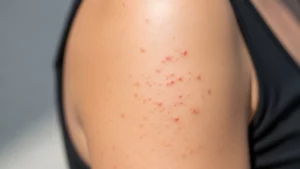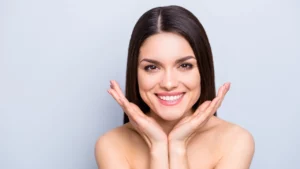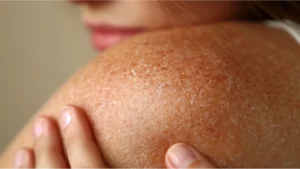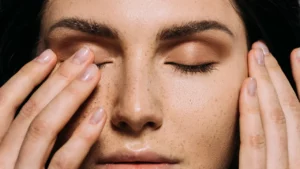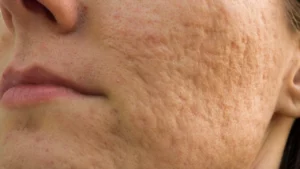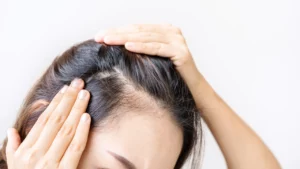How Does it Work?
When you wash your hair with a color-protecting shampoo, the mild surfactants cleanse the hair and scalp while minimizing color loss. The silicone derivatives and conditioning agents help to coat the hair shaft, providing a protective barrier that seals in color and adds shine. Additionally, UV filters help to prevent color fading caused by sun exposure.
Do Color-Protecting Shampoos Work?
Color-protecting shampoos are formulated with mild surfactants that slow down the color-stripping properties of traditional shampoos. While they may not wholly prevent color fading, they can help prolong the vibrancy of colored hair. However, it’s important to note that regular use of color-protecting shampoos, along with other protective measures, is critical to maintaining color-treated hair.
How to Protect and Heal Colored Hair
- Limit Washing: Wash colored hair less frequently to prevent color fading. Opt for sulfate-free and gentle shampoos specifically designed for colored hair.
- Use Conditioner Regularly: Conditioner helps to replenish moisture lost during the coloring process and provides a protective barrier against environmental damage.

- Avoid Heat Styling: Excessive heat styling can damage colored hair. Use heat protectant products before using heat styling tools, and try to air dry hair whenever possible.
- Protect from UV Rays: UV rays can cause color fading and damage to colored hair. Wear a hat or use products with UV filters to protect hair from sun exposure.
Hair Treatments to Avoid
- Bleaching: Bleaching can severely damage the hair shaft and lead to breakage and dryness. Limit bleaching sessions and always consult a professional stylist.
- Permanent Hair Straightening or Brazilian Straightening: Chemical treatments like Brazilian hair straightening use harsh chemicals that can weaken the hair and cause irreversible damage. It’s best to avoid these treatments altogether.
Why You Should Give Brazilian Hair Straightening a Pass
Brazilian hair straightening, also known as keratin treatment, involves the use of formaldehyde and other chemicals to straighten and smooth the hair. However, these chemicals can strip the hair of its natural oils, leading to dryness, breakage, and potential health risks. Additionally, formaldehyde is a known carcinogen, making it unsafe for regular use.
Checkout this Reel: https://www.instagram.com/reel/C1pPc2Tpiu_/
What You Should Do Instead
Instead of Brazilian hair straightening, consider safer alternatives such as:
- Regular Trims: Keeping hair trimmed regularly helps to remove split ends and maintain overall hair health.
- Heat-Free Styling: Embrace heat-free styling techniques such as air drying, braiding, or using heatless curling methods to minimize damage to colored hair.
- Deep Conditioning Treatments: Incorporate deep conditioning treatments into your hair care routine to nourish and repair colored hair from within.
Conclusion
Colored hair requires special attention and care to maintain its color and health. By using color-protecting shampoos, implementing protective measures, and avoiding damaging hair treatments like Brazilian hair straightening, you can keep your colored hair looking vibrant and beautiful for longer. Remember to consult with a professional stylist for personalized advice and recommendations tailored to your hair type and color.


